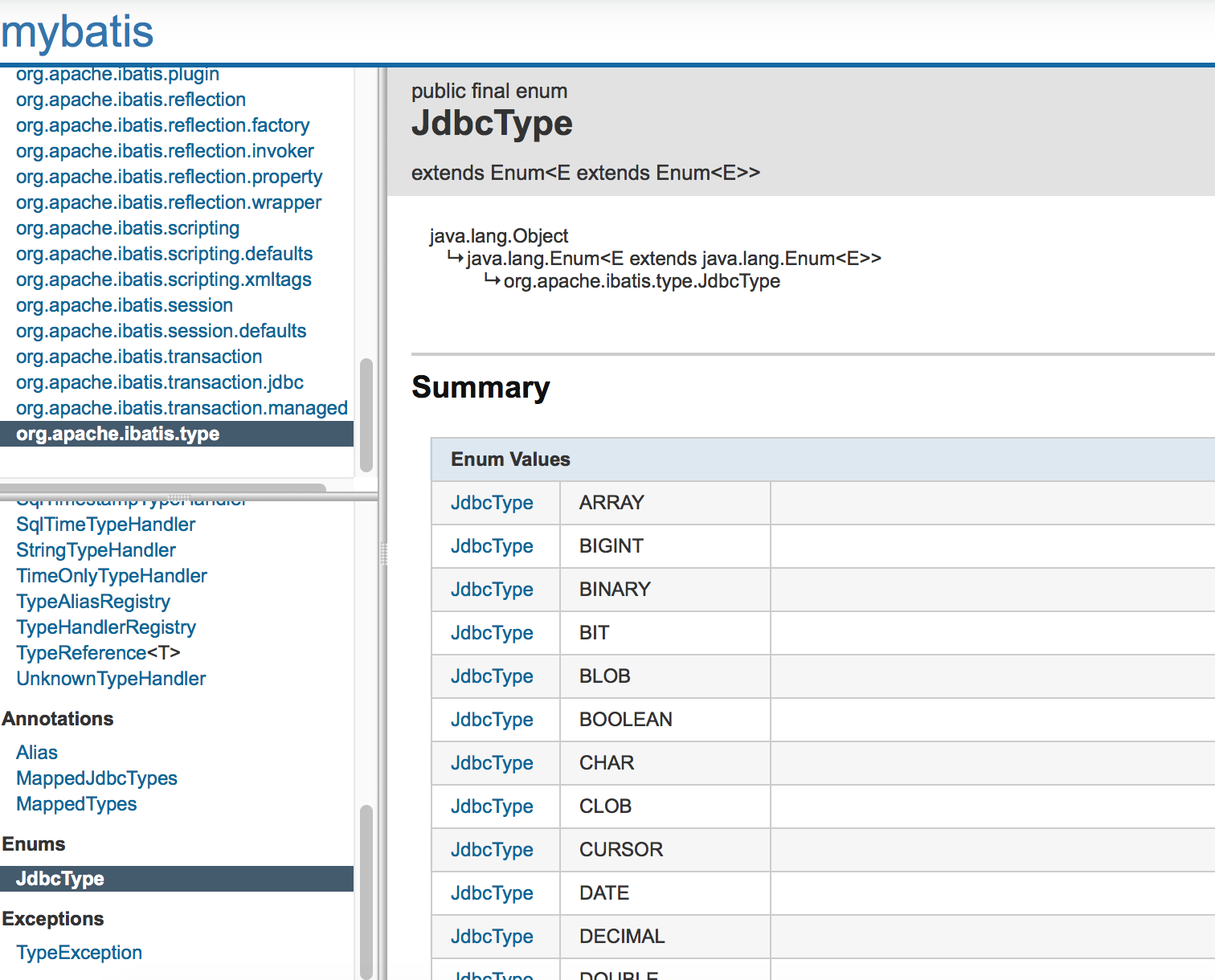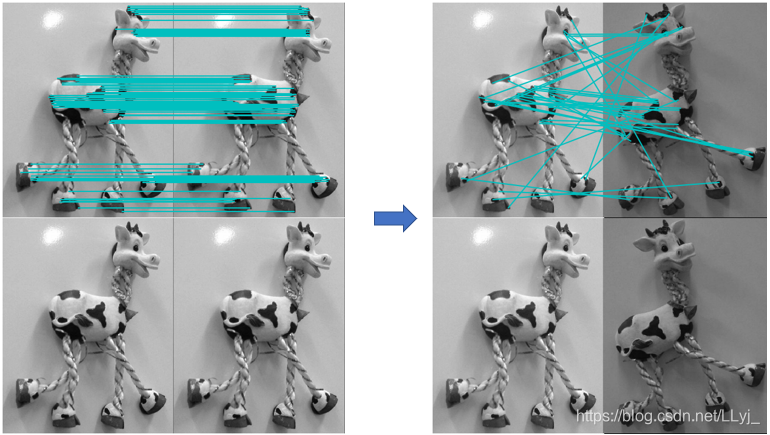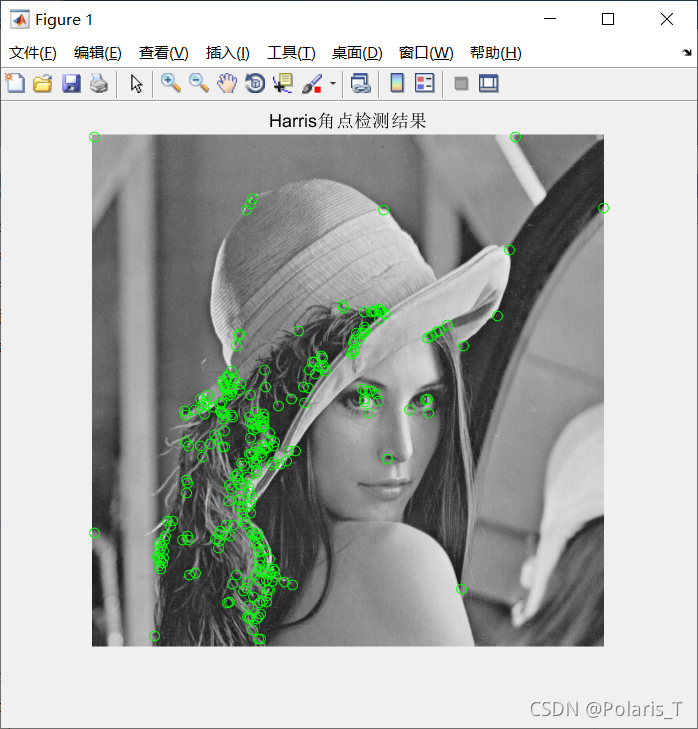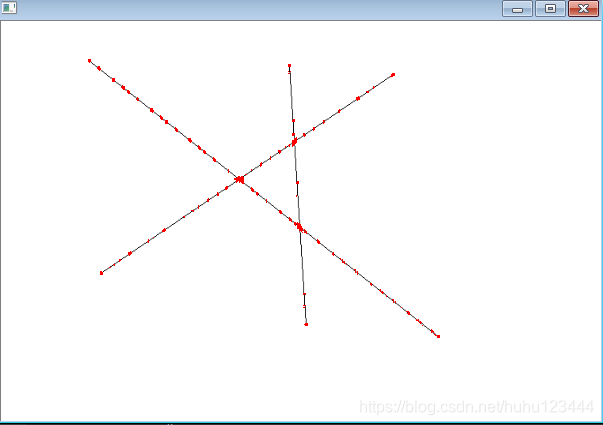JDBC Template的继承结构
使用步骤:
代码
Spring框架对JDBC的简单封装。提供了一个JDBCTemplate对象简化JDBC的开发
JDBC Template的继承结构

使用步骤:
1. 导入jar包
2. 创建JdbcTemplate对象。依赖于数据源 DataSource
JdbcTemplate template = new JdbcTemplate(ds);
3. 调用JdbcTemplate的方法来完成CRUD的操作
update():执行DML语句。增、删、改语句
queryForMap():查询结果将结果集封装为map集合,将列名作为key,将值作为value 将这条记录封装为一个map集合
* 注意:这个方法查询的结果集长度只能是1
queryForList():查询结果将结果集封装为list集合
* 注意:将每一条记录封装为一个Map集合,再将Map集合装载到List集合中
query():查询结果,将结果封装为JavaBean对象
query的参数:RowMapper
* 一般我们使用BeanPropertyRowMapper实现类。可以完成数据到JavaBean的自动封装
* new BeanPropertyRowMapper<类型>(类型.class)
queryForObject:查询结果,将结果封装为对象
* 一般用于聚合函数的查询
代码
public class JdbcTemplateDemo {//Junit单元测试,可以让方法独立执行//1.导入jar包//2.创建JDBCTemplate对象//3.调用方法//0. 获取JDBCTemplate对象private JdbcTemplate template = new JdbcTemplate(JDBCUtils.getDataSource());//1. 修改1号数据的 salary 为 10000@Testpublic void test1(){//2. 定义sqlString sql = "update emp set salary = 10000 where id = 1001";//3. 执行sqlint count = template.update(sql);System.out.println(count);}// 2. 添加一条记录@Testpublic void test2(){String sql = "insert into emp(id,ename,dept_id) values(?,?,?)";int count = template.update(sql, 1015, "郭靖", 10);System.out.println(count);}// 3.删除刚才添加的记录@Testpublic void test3(){String sql = "delete from emp where id = ?";int count = template.update(sql, 1015);System.out.println(count);}// 4.查询id为1001的记录,将其封装为Map集合// 注意:这个方法查询的结果集长度只能是1@Testpublic void test4(){String sql = "select * from emp where id = ? or id = ?";Map<String, Object> map = template.queryForMap(sql, 1001,1002);System.out.println(map);//{id=1001, ename=孙悟空, job_id=4, mgr=1004, joindate=2000-12-17, salary=10000.00, bonus=null, dept_id=20}}// 5. 查询所有记录,将其封装为List@Testpublic void test5(){String sql = "select * from emp";List<Map<String, Object>> list = template.queryForList(sql);for (Map<String, Object> stringObjectMap : list) {System.out.println(stringObjectMap);}}// 6. 查询所有记录,将其封装为Emp对象的List集合@Testpublic void test6(){String sql = "select * from emp";List<Emp> list = template.query(sql, new RowMapper<Emp>() {@Overridepublic Emp mapRow(ResultSet rs, int i) throws SQLException {Emp emp = new Emp();int id = rs.getInt("id");String ename = rs.getString("ename");int job_id = rs.getInt("job_id");int mgr = rs.getInt("mgr");Date joindate = rs.getDate("joindate");double salary = rs.getDouble("salary");double bonus = rs.getDouble("bonus");int dept_id = rs.getInt("dept_id");emp.setId(id);emp.setEname(ename);emp.setJob_id(job_id);emp.setMgr(mgr);emp.setJoindate(joindate);emp.setSalary(salary);emp.setBonus(bonus);emp.setDept_id(dept_id);return emp;}});for (Emp emp : list) {System.out.println(emp);}}// 6. 查询所有记录,将其封装为Emp对象的List集合@Testpublic void test6_2(){String sql = "select * from emp";List<Emp> list = template.query(sql, new BeanPropertyRowMapper<Emp>(Emp.class));for (Emp emp : list) {System.out.println(emp);}}//7. 查询总记录数@Testpublic void test7(){String sql = "select count(id) from emp";Long total = template.queryForObject(sql, Long.class);System.out.println(total);}}

















